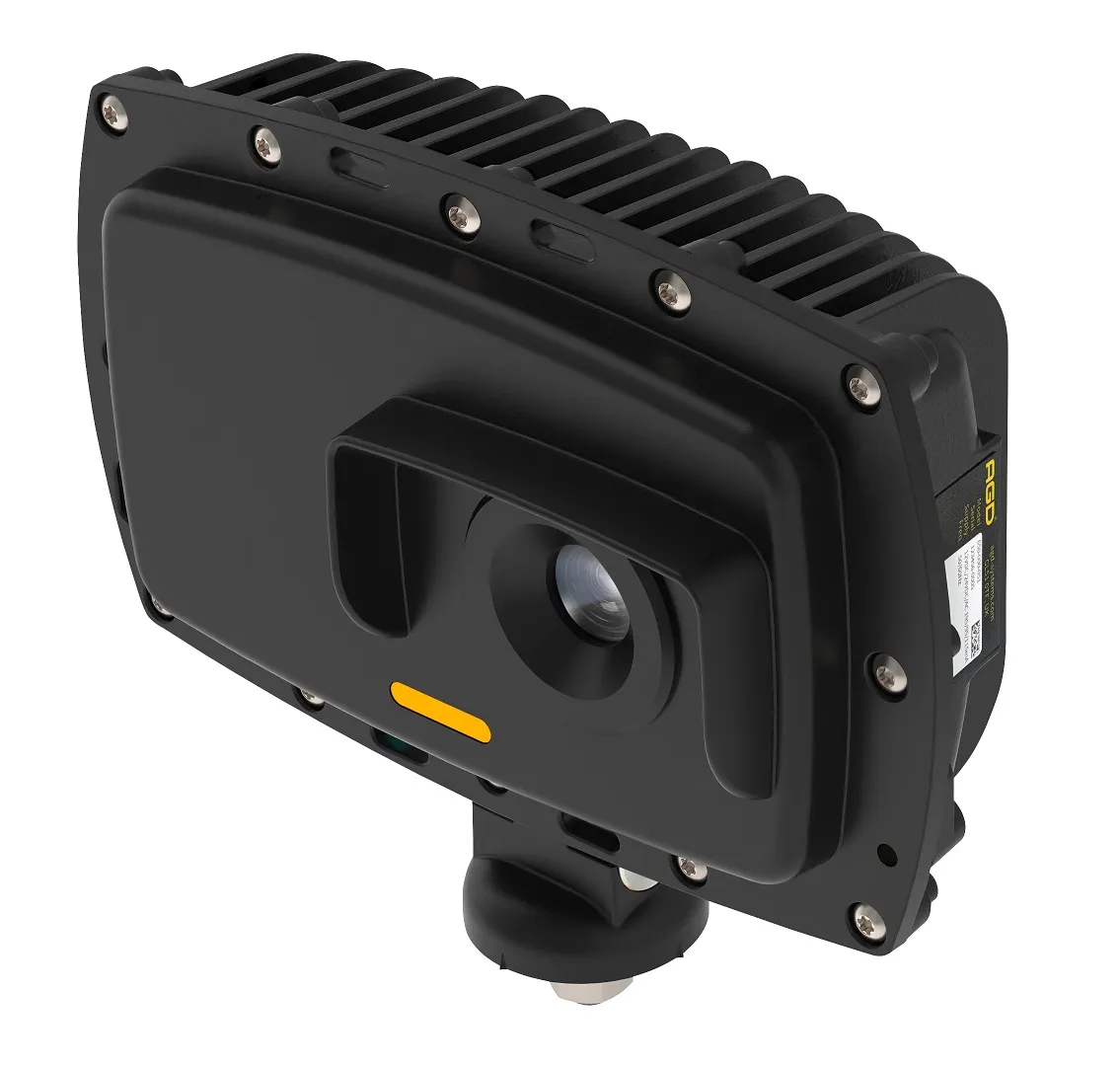
AGD Systems says three decades of ITS sector expertise has gone into the development of its latest offering.
The AGD650 – which visitors will be among the first to see up-close on stand D026 at the Traffex show in Birmingham, UK, from 14-16 June – is a stop-line detector that has the capability to deliver a rich data stream on targets approaching intersections.
The smart, optical AI detector is designed to operate in single and dual stop-line configurations with provision for cycle refuge areas.
Both stationary and moving targets are detected using high-grade optics and deep-learning image recognition, with a neural processing platform and sophisticated algorithms providing proven detection performance and automated decision-making.
The 650 makes use of WiFi AGD Touch set-up to speed up installation and reduce risk, and there are two independent detection zones which can be adjusted remotely by the user.
AGD says the feature-rich device will empower "truly informed decision-making", sending IP, POE, real-time video to ITS control rooms, "representing a real opportunity to support the needs of smart cities and highways authorities everywhere".










